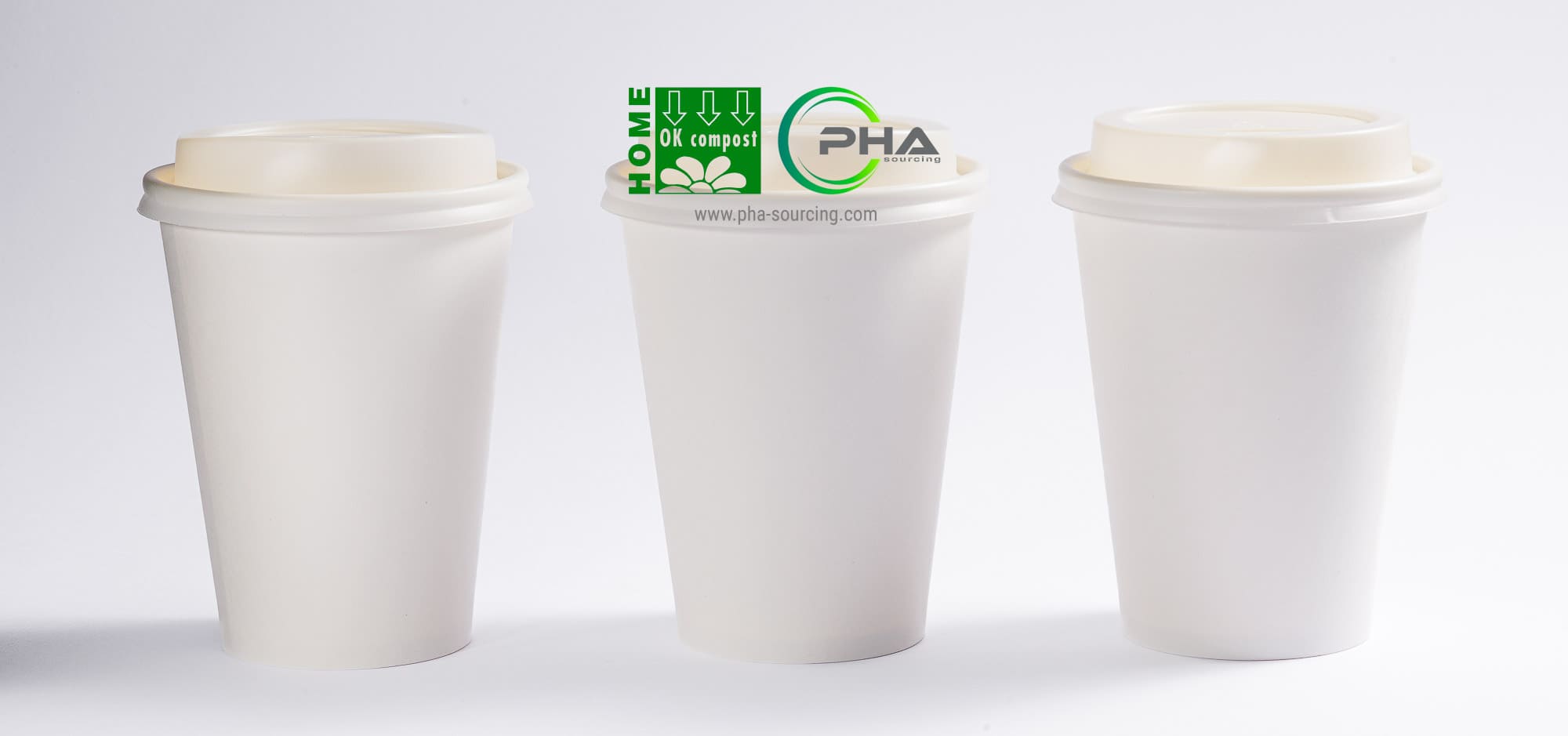Flexible PHA Packaging
Flexible packaging offers flexibility that meets the demands of sustainability and logistical efficiency. This light, adaptable type of packaging reduces waste while guaranteeing product protection. The food industry and many other sectors have adopted it for its many advantages. Find out more.

Flexible packaging : a fundamental for some manufacturers
Among the many applications for PHA, the food industry is the main sector to use flexible packaging. Flexible films and pouches are used to package products and ensure long shelf life (protection against moisture, air and light).
Its ability to adapt to the shape of packaged products optimises space and helps reduce food waste. Flexible films also offer great printing flexibility, making it easy to customize packaging. Marketing and conservation go hand in hand.
Practical, lightweight and more environmentally friendly (flexible) packaging
The advantages of using flexible packaging
Flexible packaging is designed to be light and compact. It is made from plastic film, but there are also more environmentally-friendly alternatives (more on this later). One of the biggest advantages of this type of packaging is its ability to take up a minimum amount of space. In other words, less transport and lower logistics costs. Because it is so light, it also reduces the carbon footprint associated with the transit of packaged products.
Flexible packaging : industrial applications
This type of packaging is used in a variety of sectors: food, cosmetics, pharmaceuticals and many others. It can take many forms, such as sachets, films or pouches. This adaptability makes it a preferred choice for manufacturers looking for practical, low-cost solutions.
The ecological footprint of flexible packaging
- less raw material used than rigid PHA packaging
- less plastic used to package products
- lower logistics costs and minimal environmental impact of transport
However, the recyclability of flexible packaging remains a major challenge. The composite materials used, which combine several types of plastic, complicate recycling. Biosourced and biodegradable alternatives are gaining ground: PHA is the most promising. Research is being stepped up to find environmentally-friendly solutions that will make flexible packaging even more sustainable.
A fast-changing sector to offset pollution
State of play and resilience
Although flexible packaging is widely adopted, there are (still) challenges to be overcome. Let’s talk about the environment… Recycling composite plastic films is still a highly complex process, although progress has been made in recent years, according to :
- The diversity of materials : industrial plastic packaging is often made from several types of plastic, composites and additives. More sophisticated sorting and processing technologies are required.
- Material contamination : Plastic packaging can be contaminated by chemical residues, organic or inorganic materials and foreign elements.
- Large volumes : This packaging is often produced in large quantities, which poses logistical challenges for its storage and efficient treatment during recycling.
- High cost : Recycling industrial plastic packaging involves substantial investment in specialised sorting and processing equipment, as well as additional costs associated with transporting and processing the materials.
- The diversity of regulations : Standards and regulations relating to the recycling of plastic packaging vary considerably from one country to another, creating complications for companies that have to comply with different legislation.
Advances in plastics technology
Alternatives to traditional plastics, such as bioplastics, are increasingly being explored. Materials such as PHA (Polyhydroxyalkanoate) or starch-based films offer new possibilities. The aim is to create more environmentally-friendly flexible packaging that decomposes more easily without harming the environment. Ideology or reality?
The legislative framework and regulations
Regulations on plastics are becoming increasingly strict. In Europe, Directive (EU) 2019/904 on single-use plastics encourages industries to switch to recyclable and sustainable materials. The aim is to reduce the production of plastic waste by (largely) encouraging companies to rethink their packaging choices.
And what about you?
Why are PHA biopolymers a solution for the future?
PHA biopolymers, manufactured from renewable resources, represent a key alternative for reducing dependence on petroleum-derived plastics. These materials have unique characteristics, such as biodegradability in different environments and compatibility with the requirements of today’s industrial applications.
Want to know more? Find out how PHA biopolymers work and their potential to replace traditional plastics.
What about PHA Sourcing?
More and more companies are turning to biodegradable, environmentally-friendly PHA materials. Whether you’re looking to innovate, reduce plastic waste or achieve sustainable development objectives (or all three!), PHA Sourcing can offer you high-quality, scalable solutions tailored to your sector.
Let’s work together to build a more responsible and sustainable future! Our teams are here to listen to you: ask for a telephone appointment.
Contact
Let’s Work Together on Your Next Sustainable Project
Ready to switch to PHA or explore how it can revolutionize your products? Contact us to discuss how we can support your sustainability goals with scalable PHA solutions.